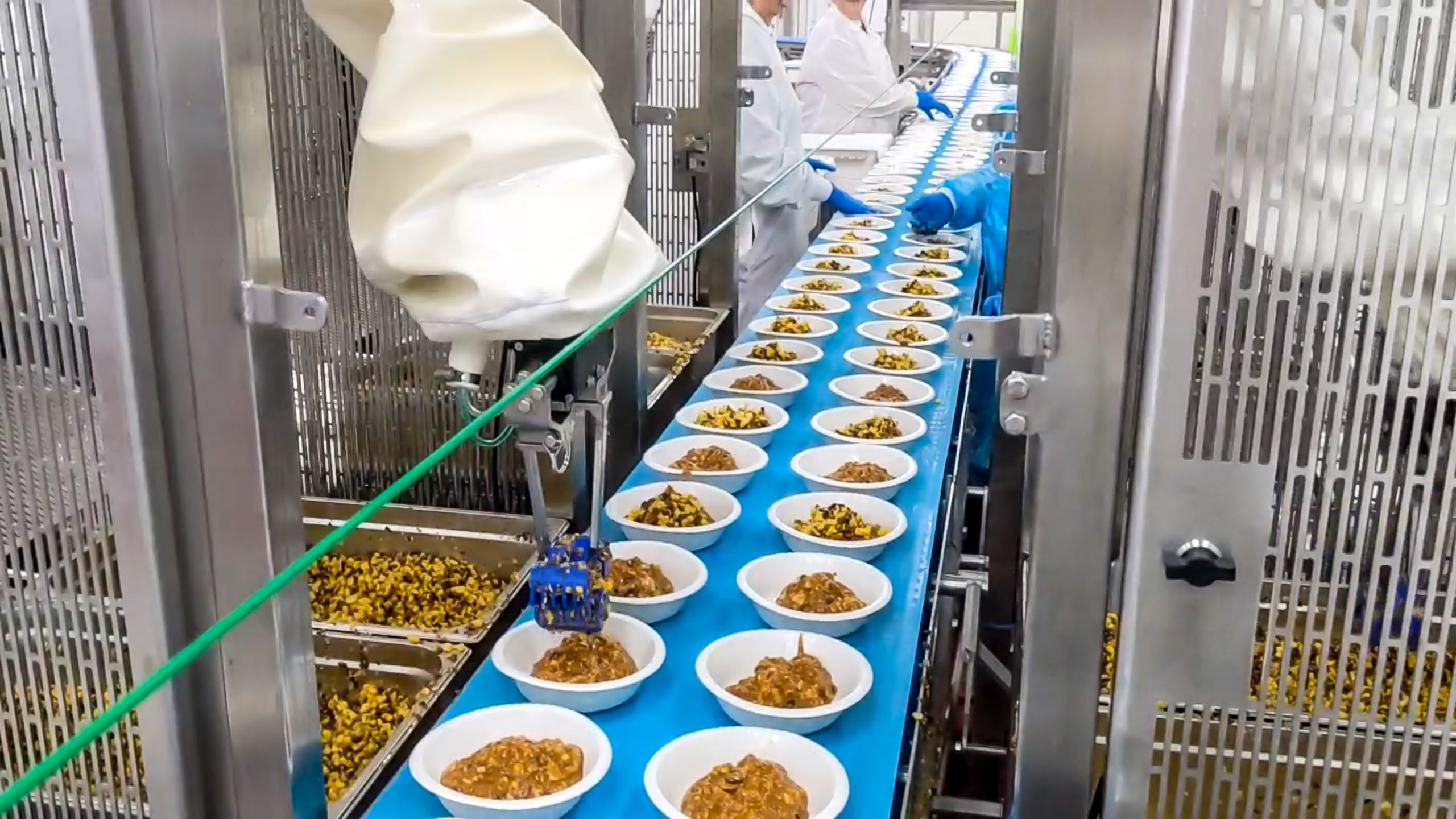How to fix a Windows PC affected by the global outage
There is a known workaround for the blue screen CrowdStrike error that many Windows computers are currently experiencing. Here’s how to do it.

MIT Technology Review Explains: Let our writers untangle the complex, messy world of technology to help you understand what's coming next. You can read more here.
Windows PCs have crashed in a major IT outage around the world, bringing airlines, major banks, TV broadcasters, health-care providers, and other businesses to a standstill.
Airlines including United, Delta, and American have been forced to ground and delay flights, stranding passengers in airports, while the UK broadcaster Sky News was temporarily pulled off air. Meanwhile, banking customers in Europe, Australia, and India have been unable to access their online accounts. Doctor’s offices and hospitals in the UK have lost access to patient records and appointment scheduling systems.
The problem stems from a defect in a single content update for Windows machines from the cybersecurity provider CrowdStrike. George Kurtz, CrowdStrike’s CEO, says that the company is actively working with customers affected.
“This is not a security incident or cyberattack,” he said in a statement on X. “The issue has been identified, isolated and a fix has been deployed. We refer customers to the support portal for the latest updates and will continue to provide complete and continuous updates on our website.” CrowdStrike pointed MIT Technology Review to its blog with additional updates for customers.
What caused the issue?
The issue originates from a faulty update from CrowdStrike, which has knocked affected servers and PCs offline and caused some Windows workstations to display the “blue screen of death” when users attempt to boot them. Mac and Linux hosts are not affected.
The update was intended for CrowdStrike’s Falcon software, which is “endpoint detection and response” software designed to protect companies’ computer systems from cyberattacks and malware. But instead of working as expected, the update caused computers running Windows software to crash and fail to reboot. Home PCs running Windows are less likely to have been affected, because CrowdStrike is predominantly used by large organizations. Microsoft did not immediately respond to a request for comment.
“The CrowdStrike software works at the low-level operating system layer. Issues at this level make the OS not bootable,” says Lukasz Olejnik, an independent cybersecurity researcher and consultant, and author of Philosophy of Cybersecurity.
Not all computers running Windows were affected in the same way, he says, pointing out that if a machine’s systems had been turned off at the time CrowdStrike pushed out the update (which has since been withdrawn), it wouldn’t have received it.
For the machines running systems that received the mangled update and were rebooted, an automated update from CloudStrike’s server management infrastructure should suffice, he says.
“But in thousands or millions of cases, this may require manual human intervention,” he adds. “That means a really bad weekend ahead for plenty of IT staff.”
How to manually fix your affected computer
There is a known workaround for Windows computers that requires administrative access to its systems. If you’re affected and have that high level of access, CrowdStrike has recommended the following steps:
1. Boot Windows into safe mode or the Windows Recovery Environment.
2. Navigate to the C:\Windows\System32\drivers\CrowdStrike directory.
3. Locate the file matching “C-00000291*.sys” and delete it.
4. Boot the machine normally.
Sounds simple, right? But while the above fix is fairly easy to administer, it requires someone to enter it physically, meaning IT teams will need to track down remote machines that have been affected, says Andrew Dwyer of the Department of Information Security at Royal Holloway, University of London.
“We’ve been quite lucky that this is an outage and not an exploitation by a criminal gang or another state,” he says. “It also shows how easy it is to inflict quite significant global damage if you get into the right part of the IT supply chain.”
While fixing the problem is going to cause headaches for IT teams for the next week or so, it’s highly unlikely to cause significant long-term damage to the affected systems—which would not have been the case if it had been ransomware rather than a bungled update, he says.
“If this was a piece of ransomware, there could have been significant outages for months,” he adds. “Without endpoint detection software, many organizations would be in a much more vulnerable place. But they’re critical nodes in the system that have a lot of access to the computer systems that we use.”
Keep Reading
Most Popular

A controversial Chinese CRISPR scientist is still hopeful about embryo gene editing. Here’s why.
He Jiankui, who went to prison for three years for making the world’s first gene-edited babies, talked to MIT Technology Review about his new research plans.

Google DeepMind’s new AI systems can now solve complex math problems
AlphaProof and AlphaGeometry 2 are steps toward building systems that can reason, which could unlock exciting new capabilities.

Robot-packed meals are coming to the frozen-food aisle
Found everywhere from airplanes to grocery stores, prepared meals are usually packed by hand. AI-powered robotics is changing that.
Stay connected
Get the latest updates from
MIT Technology Review
Discover special offers, top stories, upcoming events, and more.
